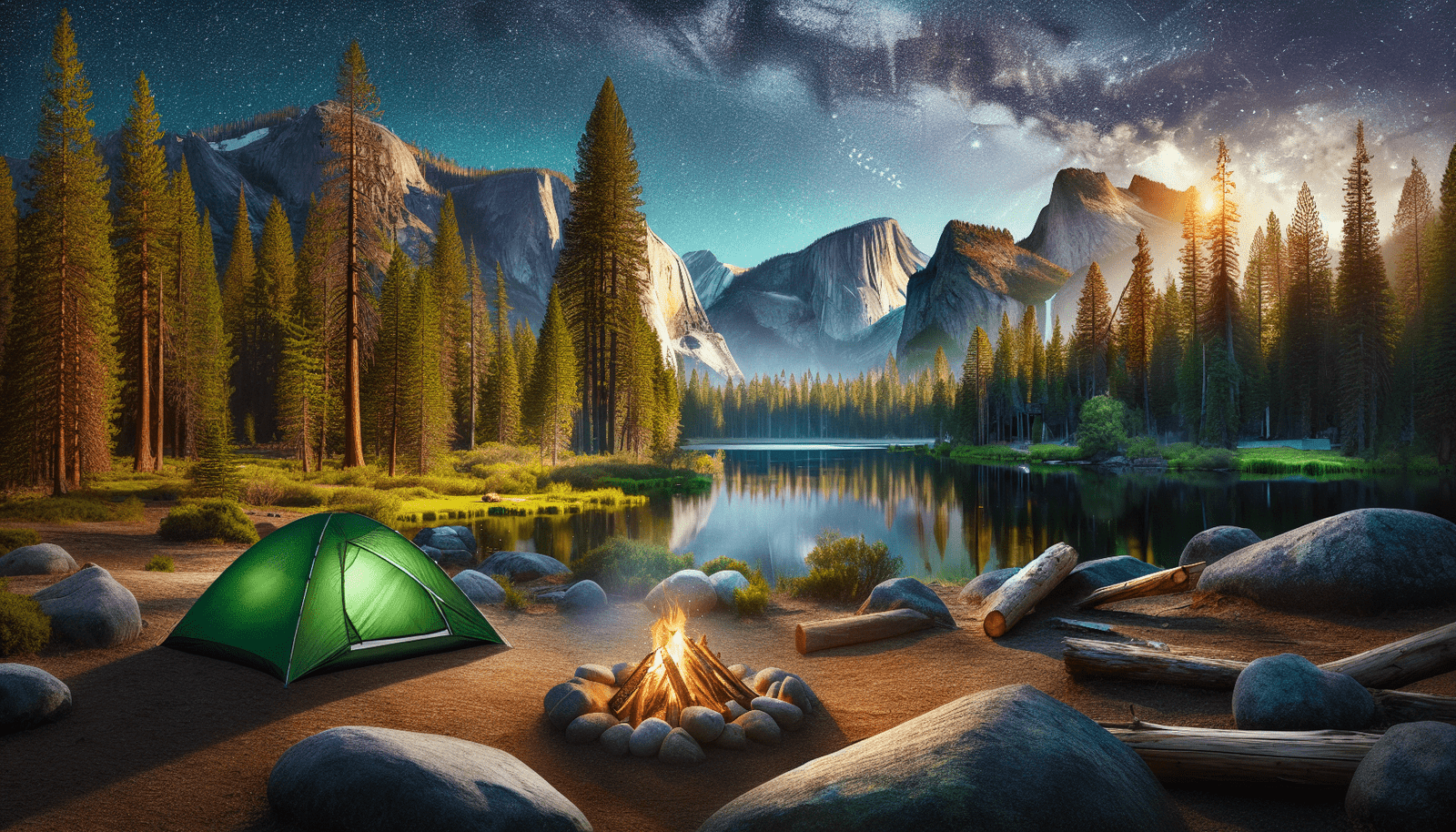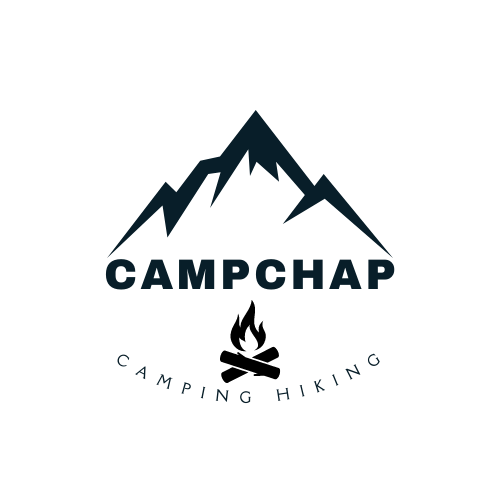In the enchanting wilderness of Rocky Mountain National Park (RMNP), the call of the wild can be irresistible for campers seeking adventure. If you’re planning a camping trip to this stunning national park, you’ll need to familiarize yourself with the permit requirements to ensure a smooth and enjoyable experience. This article provides all the essential information about when and why you need a permit to camp in RMNP, guiding you through obtaining one and understanding the rules that help preserve this natural gem for future adventurers like yourself. Have you been dreaming about pitching a tent under the stars and immersing yourself in the breathtaking beauty of Rocky Mountain National Park (RMNP)? If so, you’re probably wondering: do you need a permit to camp in RMNP? The simple answer is yes, but there’s so much more to know! Let’s dive into the details so that you can plan your perfect camping getaway without any hiccups.
Overview: Camping in RMNP
Rocky Mountain National Park is a crown jewel of the United States National Park System, attracting millions of visitors each year. With its plethora of camping options, from well-maintained campgrounds to rugged backcountry sites, you’ll find no shortage of spots to enjoy nature. However, understanding the rules and obtaining the necessary permits before you go are crucial steps to ensuring a smooth and enjoyable experience.
Types of Camping
Before we get into the nuts and bolts of permits, let’s look at the different types of camping available within the park:
- Campground Camping: Refers to staying in designated camping areas that offer amenities like bathrooms, picnic tables, and sometimes even electricity.
- Backcountry Camping: Also known as dispersed or primitive camping, this involves camping outside of established campgrounds, often requiring serious preparation and navigation skills.
When Permits Are Required
Not all forms of camping necessitate a permit, but many do. Knowing when you need one can save you from potential fines and make your trip more enjoyable.
Campground Camping
When it comes to campground camping, obtaining a reservation is usually enough to secure your spot.
Reservation Requirements
Reservations can be made through the National Park Service’s online reservation system. For most campgrounds, you’ll need to book your site well in advance, especially during peak seasons. Here’s a quick rundown of the major campgrounds and their reservation requirements:
| Campground Name | Open Season | Reservation Required | Fee (per night) |
|---|---|---|---|
| Moraine Park | Year-Round | Yes | $30 |
| Glacier Basin | Late May – Mid September | Yes | $30 |
| Aspenglen | Late May – Late September | Yes | $30 |
| Timber Creek | Mid June – Late September | No (first-come, first-served) | $26 |
| Longs Peak | Mid Jun – Mid September | No (first-come, first-served) | $26 |
Reservation Tips
- Book Early: Some campgrounds fill up months in advance, especially during summer.
- Check for Cancellations: You might score a last-minute spot if someone else cancels their reservation.
- Be Flexible: If your preferred campground is full, consider alternative dates or locations within the park.

Backcountry Camping
If your spirit of adventure calls for backcountry camping, a permit is non-negotiable.
Backcountry Permits
Backcountry permits are required for all overnight stays away from designated campgrounds. You can’t just wander off the beaten path without notifying the park authorities. Here’s what you need to know:
How to Obtain a Permit
You can apply for a backcountry permit online, via mail, or in person at one of the park’s backcountry offices.
| Application Method | Details |
|---|---|
| Online | Available at recreation.gov |
| Send a completed application form | |
| In Person | Visit a backcountry office within the park |
Cost
The cost for backcountry permits is relatively modest but varies depending on the season and the complexity of your trip. Currently, the fees are:
- Peak Season (May 1 – Oct 31): $26 per trip
- Non-Peak Season (Nov 1 – Apr 30): No fee
Permit Conditions and Restrictions
Your permit will outline specific rules you must follow, like designated camping zones and bear canister requirements. Breaking these rules can result in hefty fines, so be sure to read and adhere to them carefully.
Group Camping
Traveling with your family or a group of friends? Here’s what you need to know for group camping.
Group Campgrounds
Several campgrounds within RMNP cater specifically to larger groups. These usually come with additional amenities to accommodate more people.
| Campground Name | Open Season | Group Size Limit | Fee (per night) |
|---|---|---|---|
| Glacier Basin | Late May – Mid Sep | 9 – 40 people | $40 – $50 |
| Moraine Park | Year-Round | 9 – 40 people | $40 – $50 |
Reservation Guidelines for Groups
Group camping sites fill up quickly, particularly during peak season. It’s essential to make your reservations well in advance.
Additional Considerations
Camping in RMNP isn’t just about securing a spot; there are other essential considerations to make your trip a success.
Bear Awareness
RMNP is home to black bears. Proper food storage is a must to prevent bear encounters. Many campgrounds provide bear lockers, and it’s often a requirement to use bear canisters in the backcountry.
Weather Preparedness
The park’s high elevation means that weather can be unpredictable. Always check the weather forecast and prepare for sudden changes, such as rain or snow, even in summer.
Leave No Trace
Adhere to the Leave No Trace principles. This requires you to pack out all trash, minimize campfire impact, and respect wildlife.
Safety Tips
- Hydration: Always carry enough water.
- Navigation: Have a map and compass.
- First Aid: Carry a first-aid kit.
- Communication: Inform someone about your camping plans.
What Happens If You Camp Without a Permit?
Camping without the necessary permits is illegal and can lead to fines or more severe penalties. Rangers patrol the park regularly, and they will check for compliance.
Consequences
- Fines: Rangers can issue fines for camping without a permit.
- Eviction: You may be asked to leave the park.
- Legal Trouble: Repeated offenses can lead to legal action.
Frequently Asked Questions (FAQs)
Can I get a refund if I cancel my camping reservation?
Yes, you can get a refund. However, cancellations must usually be made a specified number of days in advance. Check the cancellation policy when you make your reservation.
Are campfires allowed?
Campfires are permitted only in designated fire rings in established campgrounds. In the backcountry, campfires are often prohibited to minimize impact on the environment. Always check current fire restrictions before you go.
Are pets allowed in the campgrounds?
Yes, pets are allowed in designated campgrounds but must be kept on a leash at all times. Pets are not permitted on trails or in the backcountry.
How can I find the best camping spots?
Research is your best friend. National Park Service websites, forums, and travel blogs often have reviews and recommendations for the best spots in RMNP.
Conclusion
Camping in Rocky Mountain National Park offers a magical experience, from star-studded skies to awe-inspiring mountain views. But the key to an unforgettable adventure is preparation. Understanding the different types of camping, permit requirements, and other essential considerations will ensure that your trip goes off without a hitch.
So, do you need a permit to camp in RMNP? Absolutely, and now you know exactly how to get one and what to expect. Happy camping, and enjoy your time in nature’s wonderland!
